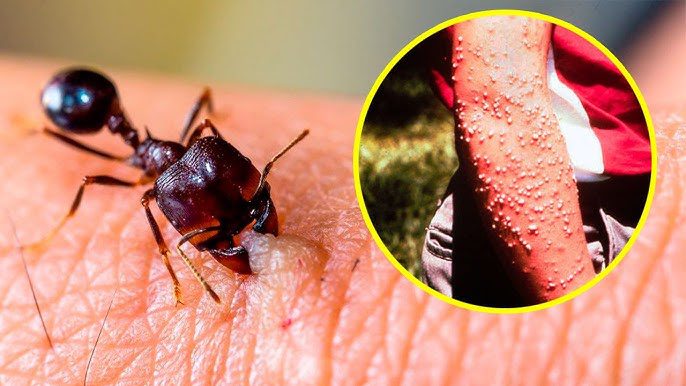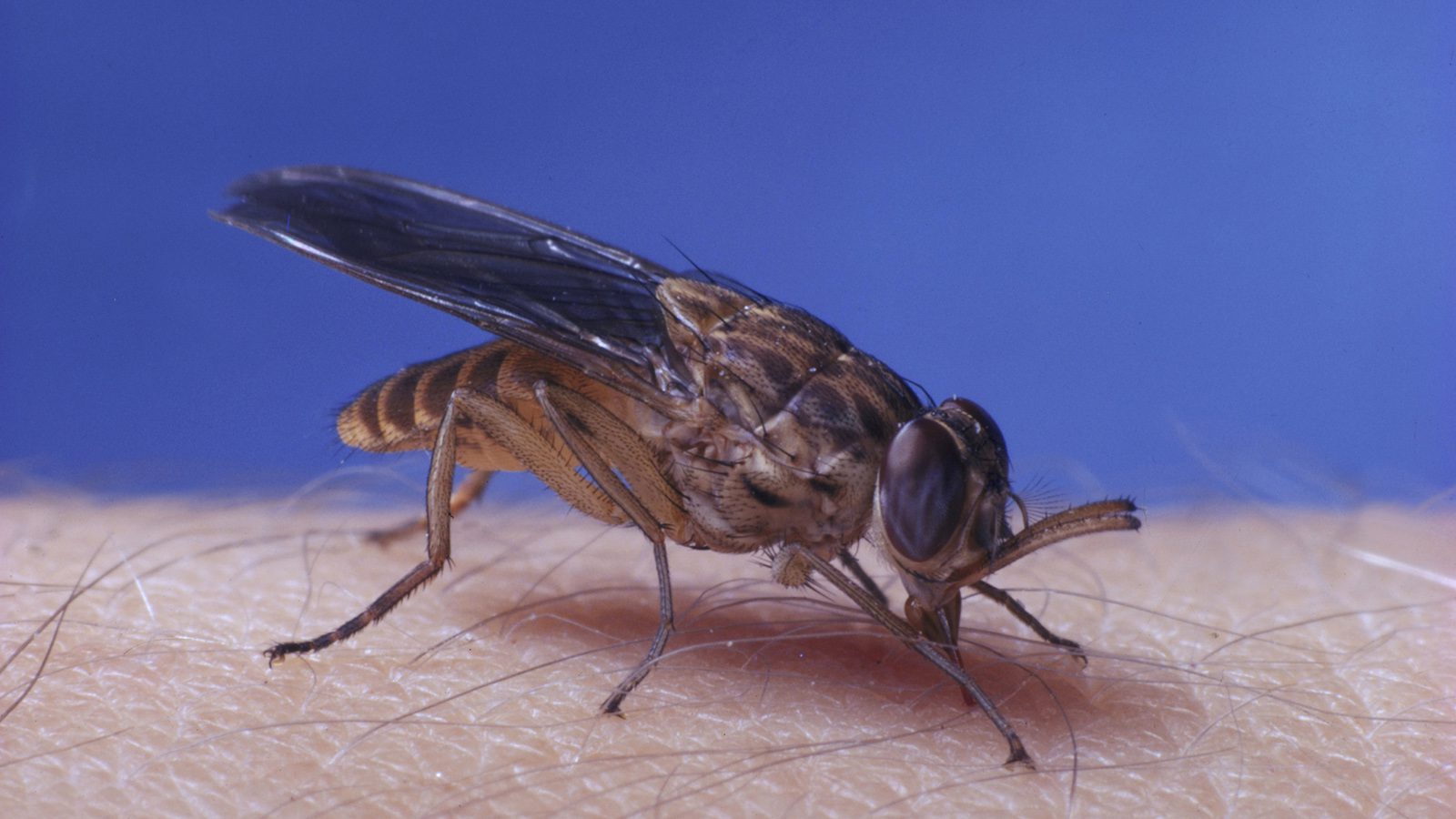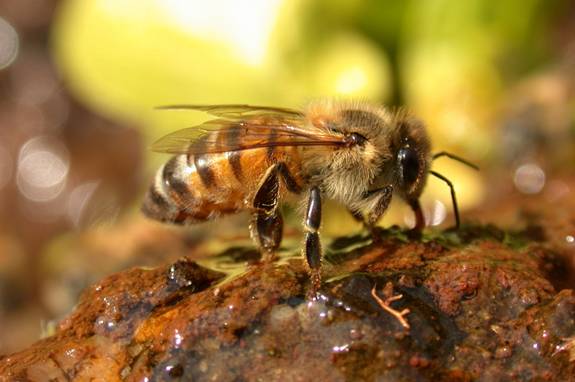Top 10 Most Dangerous Insects
Introduction
Insects, though small in size, are some of the most powerful creatures on Earth, capable of causing significant harm to humans. While most insects pose little more than a nuisance, a select few are responsible for widespread human suffering and even death. These deadly insects can be found across the globe, from the jungles of Africa to the streets of urban America, and they affect millions of people every year. Their lethality is often linked to their ability to transmit dangerous diseases, deliver venomous stings, or exhibit aggressive behaviors that lead to fatal encounters.

This article explores the top 10 deadliest insects, shedding light on their unique threats and the impact they have on global public health. From mosquitoes that spread malaria to the powerful sting of the bullet ant, understanding these creatures and their risks is crucial for reducing their harm and protecting human lives.
Mosquitoes
Mosquitoes are responsible for more human deaths than any other creature on Earth. While their bites are harmless on their own, these insects act as vectors for several deadly diseases, including malaria, dengue fever, and Zika virus. Malaria alone causes over 200 million infections annually, leading to hundreds of thousands of deaths. The global distribution of mosquitoes makes them a constant threat, particularly in tropical and subtropical regions, making them one of the most dangerous insects in the world.

Tsetse Flies
Tsetse flies, native to sub-Saharan Africa, are notorious for transmitting Trypanosoma parasites that cause sleeping sickness (African trypanosomiasis). This deadly disease affects both humans and animals, leading to neurological damage, coma, and often death if left untreated. Tsetse flies are particularly dangerous because of their stealthy transmission, and despite efforts to control them, they continue to pose a significant public health challenge in many rural areas of Africa, where the disease remains prevalent.
Kissing Bugs
Kissing bugs, also known as triatomine bugs, are responsible for transmitting Chagas disease, a potentially fatal illness that affects millions in Latin America. These nocturnal insects bite their victims near the eyes or mouth, hence the name “kissing bugs.” While their bites aren’t painful, the real danger comes from their feces, which can carry the parasite Trypanosoma cruzi. If the feces enters the body through broken skin or mucous membranes, it can lead to chronic heart and digestive issues, and in severe cases, death.

Africanized Honey Bees
Africanized honey bees, often referred to as “killer bees,” are infamous for their aggressive behavior. These bees are a hybrid of European honey bees and African bees, and they are much more likely to swarm in defense of their hive. While their venom is no more potent than that of other bees, their tendency to attack in large numbers makes them far more dangerous. In extreme cases, multiple stings can lead to severe allergic reactions or even death.
Fire Ants
Fire ants are small but fierce insects that pose a significant threat due to their aggressive behavior and venomous stings. Native to South America, they have spread throughout the southern United States and other parts of the world. Fire ants attack in swarms, and their stings can cause intense pain, swelling, and allergic reactions. In rare cases, a large number of stings can be fatal, particularly to those who are allergic to their venom. Their ability to quickly overwhelm victims makes them one of the most dangerous insect species.
Bullet Ants
Bullet ants are renowned for having one of the most excruciating stings in the insect world, often likened to being shot by a bullet. Found in the rainforests of Central and South America, these ants deliver a venomous sting that causes intense pain for hours. While not usually fatal, the sting is extremely incapacitating and can leave victims in agony for up to 24 hours. Despite their painful sting, bullet ants are not typically aggressive unless provoked, but their reputation for pain precedes them.
Japanese Hornets
Japanese hornets are known for their aggressive nature and powerful venomous stings. These hornets can become highly defensive when they feel their nest is threatened, attacking in swarms if provoked. While a single sting can cause extreme pain and swelling, multiple stings or allergic reactions can be life-threatening. In rare cases, these hornets have been known to cause fatalities, particularly among individuals who suffer severe allergic reactions to their venom. Native to East Asia, their spread to other regions poses an increasing concern.
Firebrats
Although firebrats are rarely deadly, they still pose a potential threat to human health in certain environments. These small, fast-moving insects are closely related to silverfish and thrive in warm, humid conditions. While they don’t have a venomous bite or sting, firebrats can carry bacteria and other pathogens, potentially contaminating food supplies or living spaces. In rare cases, infestations in homes can lead to respiratory problems or other health issues, especially for those with weakened immune systems or allergies.
Cicada Killer Wasps
Cicada killer wasps are large, solitary wasps known for their powerful sting and predatory nature. These wasps hunt cicadas, paralyzing them and using them to feed their larvae. While they do not typically attack humans unless provoked, their sting can be incredibly painful, though not usually fatal. Despite their intimidating size and aggressive behavior, cicada killer wasps are not particularly dangerous to humans in terms of mortality. However, for individuals who are allergic to stings, a single encounter can lead to severe reactions.
Sand Flies
Sand flies may be small, but they are responsible for transmitting several deadly diseases, including leishmaniasis. These biting insects are most active at night and feed on the blood of humans and animals. The saliva of infected sand flies carries the parasite Leishmania, which can cause skin ulcers and internal organ damage. In severe cases, leishmaniasis can be fatal if not treated properly. Sand flies are most prevalent in tropical and subtropical regions, particularly in areas with poor sanitation.
Conclusion
In conclusion, while insects are often viewed as harmless, several species pose significant threats to human health and safety. From the disease-spreading mosquitoes to the venomous stings of bullet ants, these creatures remind us of the complex balance between nature and human life. Understanding their dangers and taking preventive measures can help mitigate the risks they pose. Awareness and caution are key in reducing the impact of these deadly insects and protecting ourselves from their potentially fatal effects.
You Can Also Read: Top 10 Most Dangerous Animals
FAQS
What insect has the most kills?
preading diseases like malaria, dengue, West Nile, yellow fever, Zika, chikungunya, and lymphatic filariasis, the mosquito kills more people than any other creature in the world.
What insect has the strongest poison?
The world’s most venomous insect is an ant. Not just any ant will do, since many ants don’t sting. Of the ones that do, the award for most toxic venom goes to the harvester ant (Pogonomyrmex Maricopa).
What insect dies the fastest?
Australian tiger beetles
Australian tiger beetles, genus Cicindela, subgenus Rivacindela, (Coleoptera: Cicindelidae) are the fastest running insects known. The fastest, Cicindela hudsoni, can run 2.5 meters per second (5.6 miles per hour).
What insect is feared the most?
Still, anecdotally, many people suffer from katsaridaphobia, or cockroach phobia. Lockwood guesses that the number reaches well into the tens of millions, and Richard Kaae, an entomologist at California State University, thinks that cockroaches are the number one insects feared by humans.
What is the heaviest insect?
female giant weta
The highest confirmed weight of an adult insect is 71 g (2.5 oz) for a gravid female giant weta, Deinacrida heteracantha, although it is likely that one of the elephant beetles, Megasoma elephas and Megasoma actaeon, or goliath beetles, both of which can commonly exceed 50 g (1.8 oz) and 10 cm (3.9 in), can reach
